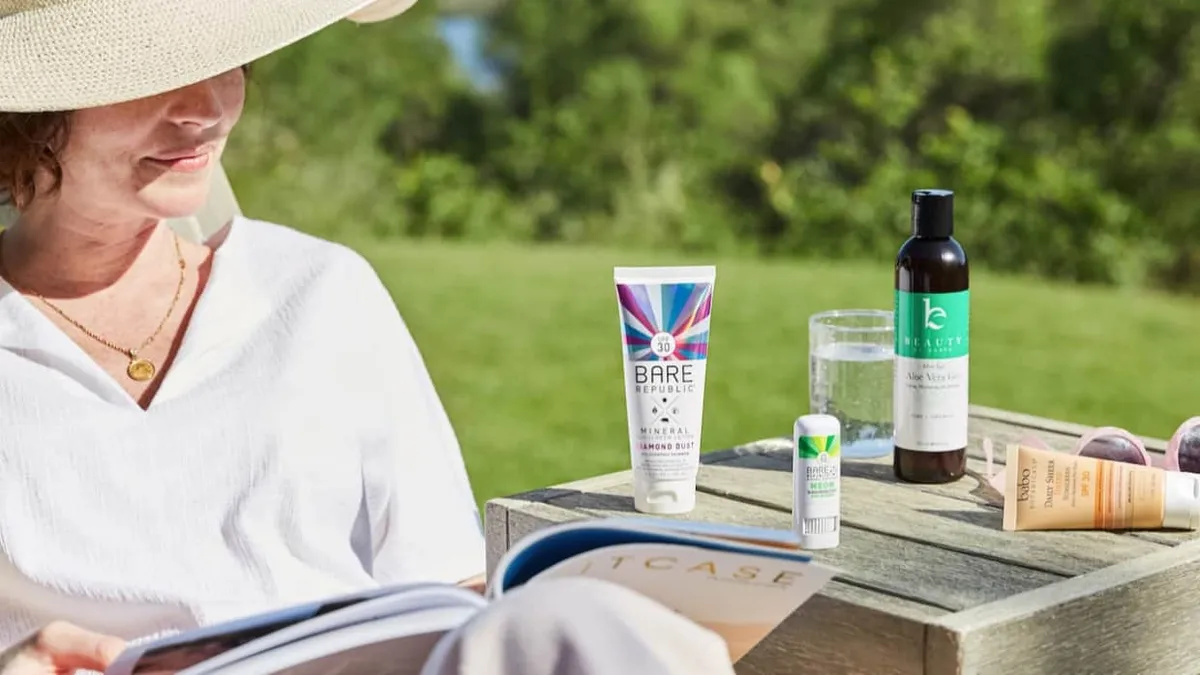Editor's Note: The following is a guest post from J.T. Compeau, client services lead at AffinityAnswers.
Ask any marketer what's on her mind these days, and you're likely to hear "brand safety" near the top of the list. In March, Trusted Media Brands released a survey of 300 agency- and client-side marketers, with one eye-popping statistic: 71% of respondents said "it's difficult to ensure brand safe environments while buying programmatically on the open exchange." It was also an often discussed topic during at least one presentation for the annual network upfronts.
While publishers like The New York Times are taking encouraging, proactive steps, such as offering their content as a safe harbor in private marketplace deals, it's important to remember that brand safety really starts with knowing your brand and knowing your audience. A truly successful campaign is born from the understanding of how your target audience engages with your brand and a given publisher.
In its best practices, the IAB rightly lists success measures such as purchases, subscriptions and verifiable brand survey results to ensure traffic is human. This is a shift away from the traditional stalwarts of ad views and clicks, and it also serves as a better proxy for engagement.
The key question in all of this, though, is how well the publisher's values align with the brand's.
Values broadly refer to core beliefs but are represented by what the consumer can tell you about her interests. In private marketplace deals, marketers will ideally have specific details about how their target customer engages with a site, but to understand the intersection of consumer, the brand and the publisher are key. With the right data set, every cookie or device ID can be scored on the strength of how brand and publisher play a role in that consumer's life.
One such way to do this is to view social engagement as a recommendation engine for a brand's next best audience. Cross-referencing sources that can tell you about a consumer's intent or purchase habits toward a particular brand, and then others that tell you about what kind of audiences visit a particular publisher is one method of finding the best consumers. A single source like social affinity can also tell you about the relationship between brand, consumer and publisher. Either way, creating a true safe harbor for brands is about understanding and respecting the totality of the consumer's experiences.
For example, a recent visit to The New York Times homepage revealed an ad for the Samsung Galaxy S8 next to the iconic masthead logo. Samsung, the company and several of its electronics brands likely share an audience in terms of key demographic and psychographic attributes.
According to social engagement data, Samsung Mobile also has a high level of social engagement, indicating that not only is The New York Times a safe environment, but one that's perfectly suited for its readers, as they are highly receptive to Samsung advertising. Even with a great fit like this, there are many other brands that would be even better for The New York Times, all other considerations being equal. Southwest Airlines, the Gap and Live Nation are top blue-chip advertisers that could find a very welcoming and safe home in The New York Times.
The social affinity approach works best for private marketplace deals, in which the brand can make a definitive choice about which publishers to use. However, that does not mean that it's not possible in situations where the brand has less direct control.
For example, just as a brand would place websites that feature inappropriate content on a blacklist — sites on which they wouldn't want to be featured — they can place websites with low social affinity on this same blacklist. To be clear, these sites should not be regarded in the same way as those with inappropriate content. Eliminating sites with low social affinity is simply a way of reducing costs by not allowing one's brand to appear alongside less effective content.
It's important to remember that good content should not be regarded solely as a preventative measure taken to maintain brand safety. Good content is what's truly needed to create an enduring relationship with your brand's customers — today and tomorrow.













